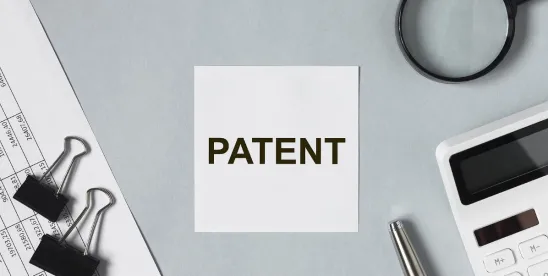Highlights
- In Provisur Technologies, Inc. v. Weber, Inc., the Federal Circuit held that the plaintiff’s proof of infringement for one patent was insufficient as a matter of law where it was undisputed that the accused device did not meet one limitation and was not reasonably capable of doing so
- Testimony that the defendant had failed to consult a third party was contrary to Section 298 of the Patent Code and inadmissible. The remaining evidence of willfulness was insufficient
- The court also found the plaintiff’s damages proof insufficient because it was based on the entire market value rule, but the plaintiff offered no evidence that the patented features were the basis of customer demand
In Provisur Technologies, Inc. v. Weber, Inc., the Federal Circuit considered challenges to the sufficiency of the evidence of infringement for one patent and of damages overall. The court found the evidence of infringement wanting where the accused device indisputably did not meet, and was not “reasonably capable” of being modified to meet, one claim limitation. The damages proof was also insufficient because the plaintiff relied on the entire market value rule but presented no evidence that the patented feature was the basis for customer demand for the accused product.
Provisur sued Weber for infringing three patents related to food processing machinery. A jury found infringement of all three patents, and on appeal, Weber did not contest the findings for two of the patents. The third patent, U.S. Patent No. 7,065,936 (the ‘936 patent), related to a device that loads sliced foods into packages. The patent describes two alternative ways to fill the packaging, retract-to-fill and advance-to-fill. The only asserted claim, claim 14, required an advance-to-fill conveyor.
The court said that the record indisputably showed that Weber’s accused product was sold to customers only as a retract-to-fill conveyor. Provisur’s infringement theory was based on proving that Weber’s product could be reprogrammed to operate as an advance-to-fill conveyor. Provisur’s expert testified that Weber’s product included an interface that allows someone to create a new program that allows the conveyor to advance.
Analysis
The court cited prior cases holding that an accused device may infringe if it is “reasonably capable” of meeting all the claim limitations or “readily configurable” to infringe. Provisur’s proof failed to satisfy this test because it offered “no evidence that Weber’s customers could readily activate the alleged advance-to-fill functionality.” The screens on the interface that are necessary to reprogram Weber’s conveyor so it advances to fill the packaging are not available to Weber’s customers. Even Provisur’s expert admitted that he had never actually reprogrammed Weber’s product to advance to fill. Thus, Weber’s product is not “readily configurable to infringe claim 14,” and the court reversed the infringement judgment for the ‘936 patent.
Section 298 of the Patent Code states that the failure to consult counsel cannot be used to prove willfulness. A Provisur expert testified that Weber failed to consult a “third party” to evaluate the patents-in-suit. The court held Provisur could not evade Section 298 in this manner. Further, the court found that Provisur offered no evidence that Weber knew of its alleged infringement, so its proof of willfulness was insufficient.
At trial, the jury awarded Provisur $10.5 million as a reasonable royalty for infringement of the three patents-in-suit. The accused features were parts of one component of a multi-component food slicing line. The general rule is that the patentee can only recover reasonable royalties for infringing features. The royalties must be apportioned between infringing and non-infringing features and the royalty base should be based on the smallest salable unit that practices the patent. The royalty can be based on the entire product if the patented feature(s) are the basis for customer demand.
In this case, Provisur’s damages expert used the value of the entire slicing line as the royalty base. The damages expert’s testimony was in turn based on the testimony of Provisur’s technical expert. The court found, however, that the technical expert’s testimony was conclusory. Provisur offered no evidence from customers, through an expert or otherwise, that the patented features drive demand for the entire slicing line and that other features do not add value or contribute to demand.
Key Takeaways
This case appears to be one of first impression on the admissibility of testimony on the failure to consult a third party to evaluate the patents-in-suit. It also highlights the importance of detailed tracking of the evidence necessary to sustain all the elements of asserted claims, including both liability and damages.




 />i
/>i

